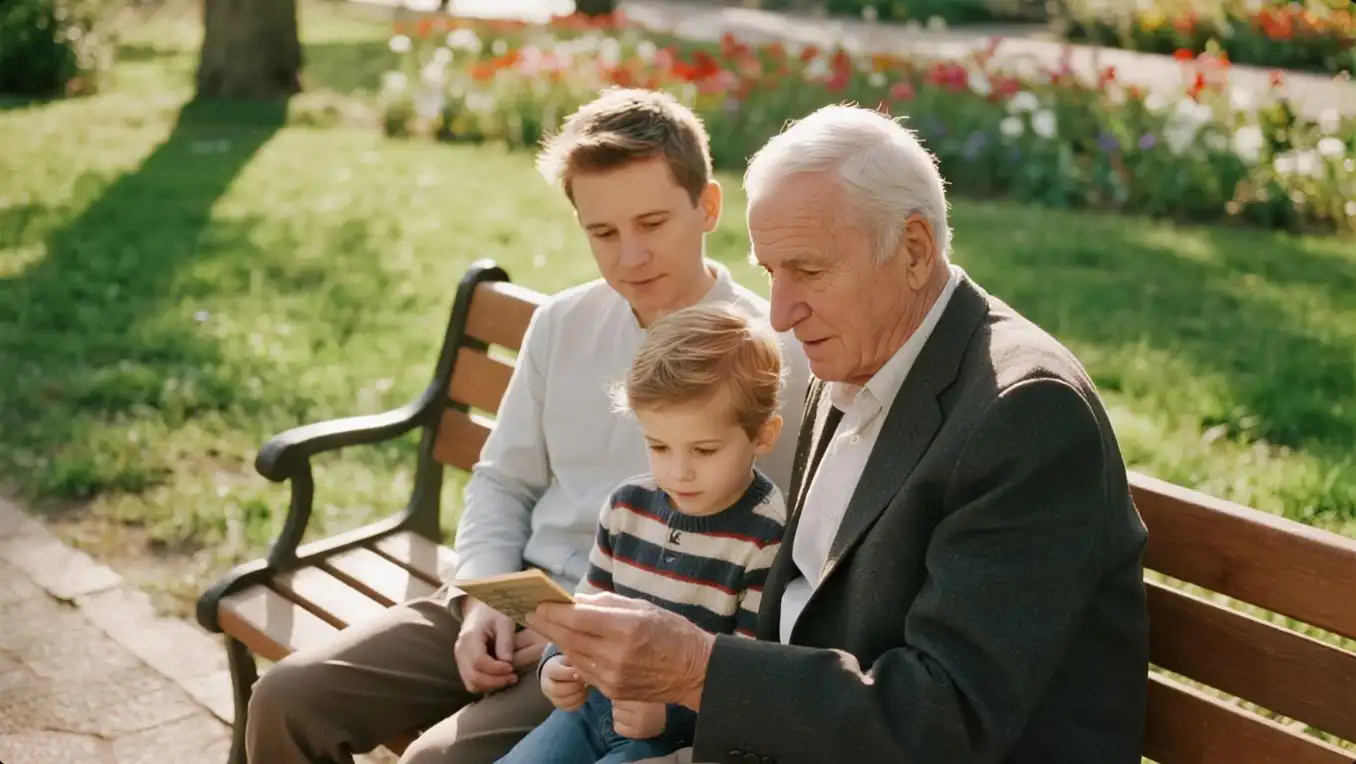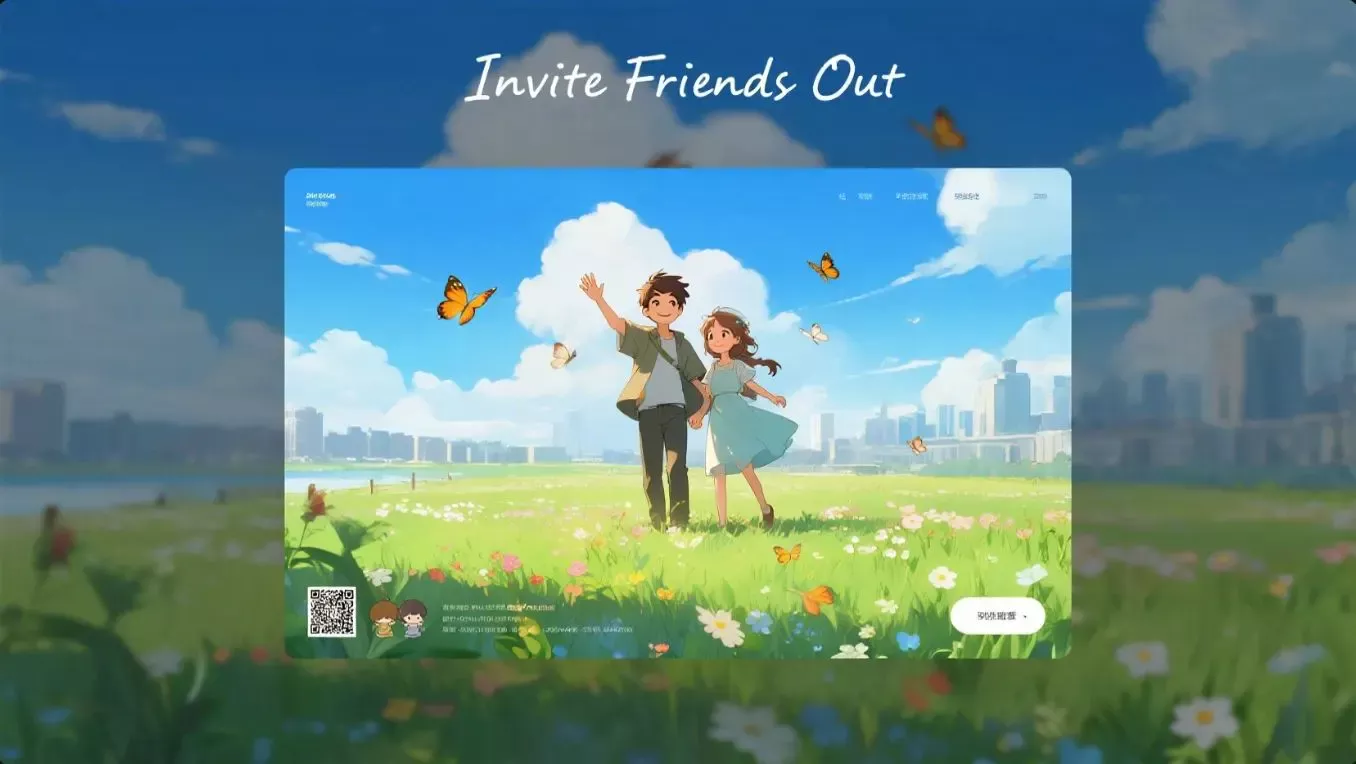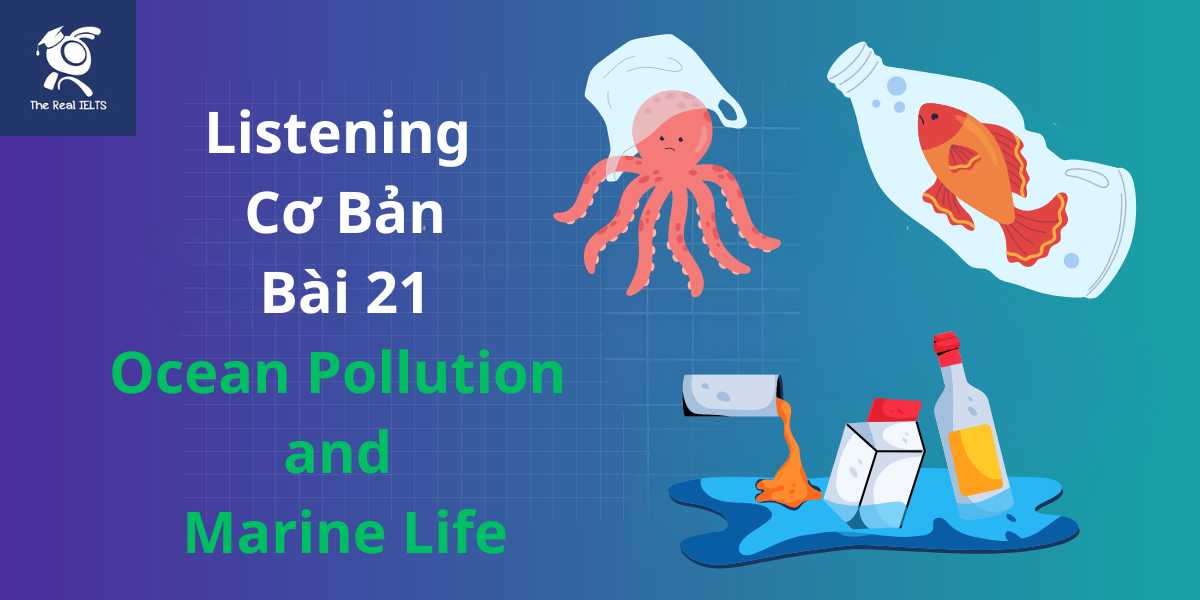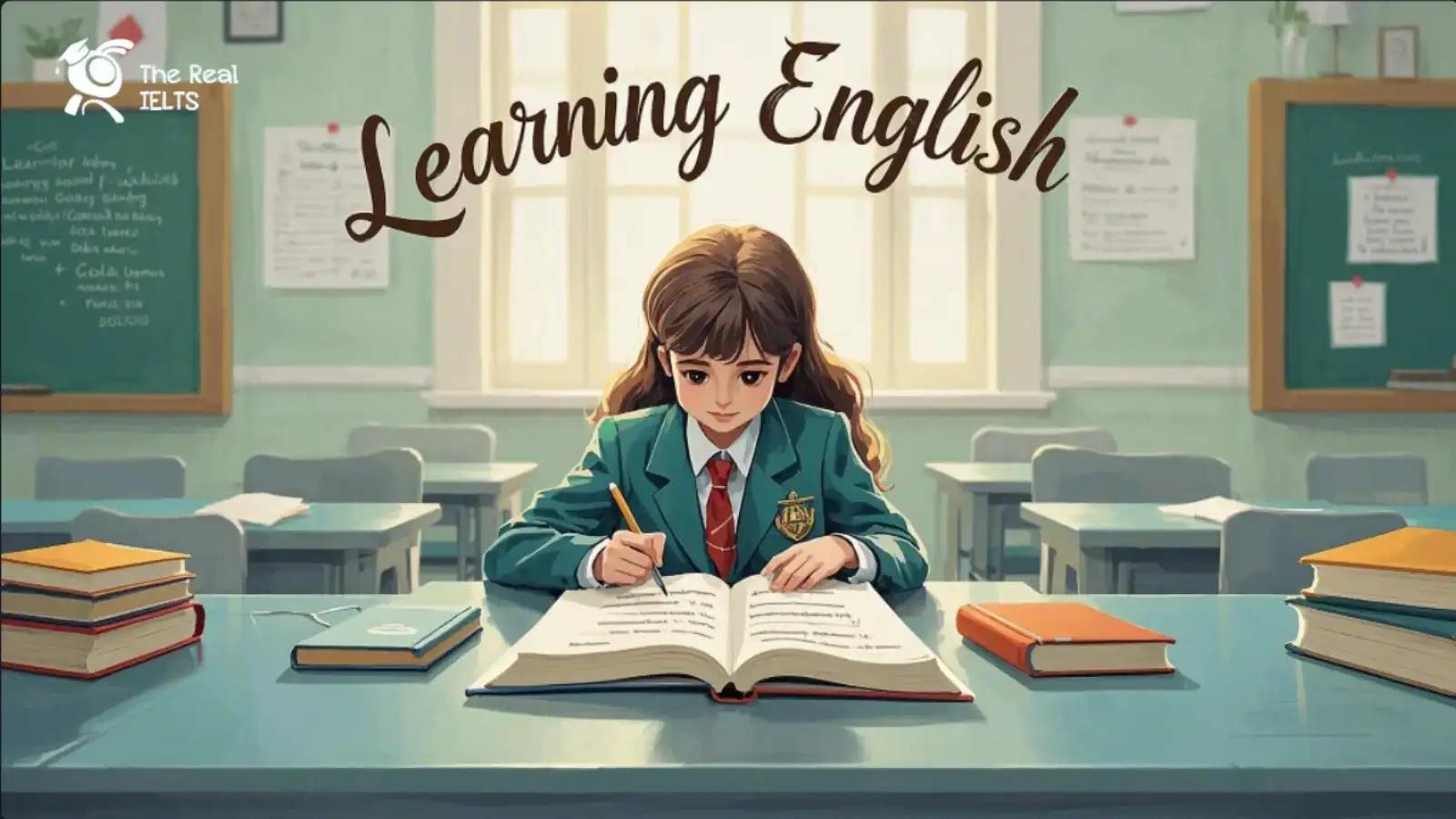100 ví dụ hỏi và trả lời về Chia sẻ câu chuyện
Đọc thêm: 101 Bài Tiếng Anh Giao Tiếp Cơ Bản Full
General Storytelling Concepts
- Q: What is storytelling?
A: Storytelling is the art of conveying a narrative through words, visuals, or performance to engage, inform, or entertain an audience. - Q: Why is storytelling important?
A: Storytelling builds connections, conveys emotions, and makes information memorable, fostering understanding and empathy. - Q: How can I start telling a story?
A: Begin with a hook—an intriguing opening, like a question or vivid image—to grab the audience’s attention. - Q: What makes a good story?
A: A good story has a clear structure (beginning, middle, end), relatable characters, and a compelling conflict or message. - Q: How do I choose a story to tell?
A: Pick a story that resonates with you personally and aligns with your audience’s interests or needs. - Q: What is the structure of a story?
A: Most stories follow a structure: setup (introduce characters and setting), conflict (a problem arises), and resolution (the outcome). - Q: How can I make my story engaging?
A: Use vivid descriptions, emotional appeal, and relatable characters to draw listeners in. - Q: Can anyone become a good storyteller?
A: Yes, with practice, anyone can improve by focusing on clarity, emotion, and audience connection. - Q: What’s the difference between storytelling and writing?
A: Storytelling can be oral, visual, or written, focusing on narrative flow, while writing emphasizes structure and grammar. - Q: How do I know if my story is interesting?
A: Test it with a small audience; if they’re engaged or ask questions, it’s likely compelling.
Storytelling Techniques
- Q: How can I improve my storytelling skills?
A: Practice regularly, study great storytellers, and seek feedback from listeners. - Q: What role does emotion play in storytelling?
A: Emotion creates a connection with the audience, making the story memorable and impactful. - Q: How do I create vivid imagery in my story?
A: Use sensory details (sight, sound, smell) to paint a clear picture in the listener’s mind. - Q: Should I use dialogue in my stories?
A: Yes, dialogue makes characters feel real and adds dynamism to the narrative. - Q: How do I pace my story effectively?
A: Vary the speed—slow down for emotional moments and speed up for action to maintain interest. - Q: What’s a good way to end a story?
A: Conclude with a resolution or lesson that leaves the audience satisfied or reflective. - Q: How can I make my characters relatable?
A: Give them flaws, desires, or experiences your audience can connect with. - Q: How do I avoid boring my audience?
A: Keep the story concise, avoid unnecessary details, and maintain a clear focus. - Q: Can humor improve my storytelling?
A: Yes, humor lightens the mood and engages listeners, but ensure it fits the story’s tone. - Q: How do I use pauses effectively in storytelling?
A: Pauses create suspense or emphasize key moments, giving the audience time to process.
Storytelling in Different Contexts
- Q: How can I use storytelling in a presentation?
A: Share a personal anecdote or case study to illustrate your point and connect with the audience. - Q: What’s a good story for a job interview?
A: Tell a story about a challenge you overcame that highlights your skills and work ethic. - Q: How do I tell a story in a classroom?
A: Use stories to explain concepts, like historical events or scientific discoveries, to make lessons engaging. - Q: Can storytelling help in marketing?
A: Yes, brand stories about your mission or customer success can build trust and loyalty. - Q: How do I tell a story at a family gathering?
A: Share a personal or funny family memory to spark connection and laughter. - Q: What’s a good storytelling approach for kids?
A: Use simple language, colorful characters, and interactive elements like questions or gestures. - Q: How can storytelling be used in leadership?
A: Share inspiring stories of success or failure to motivate and guide your team. - Q: Can storytelling improve public speaking?
A: Yes, stories make speeches relatable and memorable, keeping the audience engaged. - Q: How do I tell a story in a blog post?
A: Weave a personal or customer story into your post to illustrate your message and draw readers in. - Q: What’s a good story for a social media post?
A: Share a short, authentic moment, like a behind-the-scenes experience, to connect with followers.
Storytelling for Specific Audiences
- Q: How do I tell a story to children?
A: Use simple words, vivid characters, and a playful tone to capture their imagination. - Q: How can I tell a story to a professional audience?
A: Focus on data-driven or success stories that align with their goals or industry. - Q: What’s a good story for a teenage audience?
A: Share relatable stories about overcoming challenges or pursuing dreams. - Q: How do I tell a story to an elderly audience?
A: Use nostalgic or life-lesson stories that resonate with their experiences. - Q: How can I engage a diverse audience with a story?
A: Focus on universal themes like love, struggle, or hope to connect with varied perspectives. - Q: How do I tell a story to a skeptical audience?
A: Use authentic, fact-based stories and acknowledge their concerns to build trust. - Q: What’s a good story for a community event?
A: Share a local success story or historical anecdote to foster community pride. - Q: How do I tell a story to inspire action?
A: Highlight a character’s journey from challenge to triumph, ending with a call to action. - Q: How can I tell a story to a global audience?
A: Use universal themes and avoid culture-specific references unless explained. - Q: What’s a good story for a team meeting?
A: Share a story of teamwork or innovation to motivate and align your team.
Storytelling Challenges and Solutions
- Q: What if I’m nervous about telling a story?
A: Practice in front of a trusted friend and focus on the story, not your nerves. - Q: How do I handle forgetting parts of my story?
A: Keep a simple outline in mind and improvise naturally to fill gaps. - Q: What if my audience isn’t interested?
A: Read their reactions and adjust by adding humor or shortening the story. - Q: How do I avoid making my story too long?
A: Focus on key moments and cut details that don’t advance the plot or message. - Q: What if I don’t have a good story to tell?
A: Draw from everyday experiences, like a lesson learned or a funny moment. - Q: How do I tell a story without sounding rehearsed?
A: Practice enough to be confident but deliver with natural tone and gestures. - Q: What if my story is too personal to share?
A: Modify details to protect privacy while keeping the emotional core intact. - Q: How do I handle interruptions during storytelling?
A: Acknowledge interruptions briefly, then guide the audience back to the story. - Q: What if my story is controversial?
A: Present it with sensitivity, focusing on universal lessons rather than divisive points. - Q: How do I tell a story in a short time?
A: Focus on one key moment or lesson, using concise language and vivid imagery.
Storytelling in Different Mediums
- Q: How do I tell a story through writing?
A: Use descriptive language and a clear structure to create an immersive narrative. - Q: How can I tell a story with visuals?
A: Use images, videos, or infographics to complement your narrative and enhance impact. - Q: What’s a good way to tell a story on video?
A: Combine visuals, music, and narration to create an engaging, cinematic experience. - Q: How do I tell a story in a podcast?
A: Use sound effects, music, and a conversational tone to draw listeners in. - Q: Can I tell a story through social media?
A: Share bite-sized stories in posts or reels, using visuals and captions for impact. - Q: How do I tell a story with music?
A: Write lyrics or compose melodies that convey a narrative or emotion. - Q: How can I use storytelling in photography?
A: Create a photo series that tells a story through sequential or thematic images. - Q: What’s a good way to tell a story in a presentation slide?
A: Use minimal text, compelling visuals, and a clear narrative arc across slides. - Q: How do I tell a story through art?
A: Create paintings or illustrations that depict a sequence or evoke a narrative. - Q: Can I tell a story with data?
A: Yes, use data visualizations to highlight trends or outcomes in a narrative format.
Cultural and Historical Storytelling
- Q: How do I share a cultural story?
A: Respectfully share traditions or folktales, explaining their significance to your audience. - Q: What’s a good way to tell a historical story?
A: Focus on a key event or person, using vivid details to bring the past to life. - Q: How can I tell a family history story?
A: Share anecdotes about ancestors, connecting them to universal themes like resilience. - Q: What’s a good folktale to tell?
A: Choose a classic like “The Tortoise and the Hare” for its universal lesson on perseverance. - Q: How do I adapt a cultural story for a modern audience?
A: Retain the core message but update settings or characters to feel relatable. - Q: Can I tell a story from another culture?
A: Yes, but research thoroughly and present it with respect to avoid misrepresentation. - Q: How do I tell a myth or legend?
A: Emphasize the fantastical elements and moral to captivate and educate listeners. - Q: What’s a good way to share oral history?
A: Record or retell stories from elders, preserving details and context. - Q: How do I tell a story about my heritage?
A: Share personal or family traditions, linking them to broader cultural values. - Q: Can storytelling preserve history?
A: Yes, stories pass down knowledge, values, and events across generations.
Storytelling for Personal Growth
- Q: How can storytelling help me grow personally?
A: Reflecting on and sharing your experiences helps you process emotions and gain insights. - Q: What’s a good story to build confidence?
A: Share a story of overcoming a fear or challenge to inspire yourself and others. - Q: How do I tell a story about failure?
A: Focus on what you learned and how it led to growth, not just the setback. - Q: Can storytelling improve my communication skills?
A: Yes, practicing storytelling enhances clarity, empathy, and audience engagement. - Q: How do I share a story about success?
A: Highlight the struggles and effort behind the success to make it relatable. - Q: What’s a good story for self-reflection?
A: Tell a story about a pivotal life moment that changed your perspective. - Q: How can storytelling help with grief?
A: Share memories of a loved one to honor them and process your emotions. - Q: Can I use storytelling to set goals?
A: Create a “future story” imagining yourself achieving your goals to stay motivated. - Q: How do I tell a story about my dreams?
A: Describe your vision vividly, focusing on why it matters to you. - Q: What’s a good story for building resilience?
A: Share a time you bounced back from adversity to inspire perseverance.
Storytelling in Education and Entertainment
- Q: How can storytelling make learning fun?
A: Use narratives to explain concepts, like a story about a scientist’s discovery. - Q: What’s a good story for entertaining kids?
A: Tell a whimsical tale about talking animals with a fun moral. - Q: How do I tell a story in a classroom setting?
A: Use interactive storytelling, asking students to predict or add to the story. - Q: Can storytelling teach moral lessons?
A: Yes, fables or personal stories can illustrate values like honesty or kindness. - Q: How do I tell a story for a theater performance?
A: Combine dialogue, gestures, and props to bring the story to life on stage. - Q: What’s a good story for a campfire?
A: Share a spooky or adventurous tale to create a memorable group experience. - Q: How can I use storytelling in e-learning?
A: Create scenario-based lessons where learners follow a character’s journey. - Q: What’s a good story for a party?
A: Tell a humorous or surprising personal anecdote to spark conversation. - Q: How do I tell a story for a film?
A: Write a script with strong visuals and a clear arc to engage viewers. - Q: Can storytelling be used in games?
A: Yes, create immersive narratives for role-playing or video games to engage players.
Miscellaneous Storytelling Questions
- Q: How do I tell a story in a foreign language?
A: Use simple words, gestures, and visuals to bridge language barriers. - Q: What’s a good way to practice storytelling?
A: Join a storytelling club like Toastmasters or record yourself to review. - Q: Can I tell a story without speaking?
A: Yes, use body language, drawings, or silent films to convey a narrative. - Q: How do I tell a story to inspire change?
A: Share a story of transformation with a clear call to action for your audience. - Q: What’s a good story for a wedding?
A: Tell a heartfelt story about the couple’s journey or a funny moment you shared. - Q: How do I tell a story to sell a product?
A: Share a customer success story showing how your product solved a problem. - Q: Can storytelling build community?
A: Yes, shared stories create bonds and a sense of belonging among listeners. - Q: How do I tell a story with limited time?
A: Focus on a single, impactful moment and deliver it with clarity and emotion. - Q: What’s a good story for a charity event?
A: Share a story of someone helped by the cause to inspire donations. - Q: How do I encourage others to share their stories?
A: Create a safe space, ask open-ended questions, and listen actively to their experiences.















